Introduction
In the vast realm of culinary arts, there exists a myriad of dishes that captivate the senses and nourish the soul. Among these, steamed eggs hold a special place, not only for their simplicity but also for their versatility. By adding various ingredients, one can transform this humble dish into a gourmet experience. One such ingredient that elevates steamed eggs to new heights is the morel mushroom, also known as the sheep’s milk mushroom due to its distinctive shape and earthy aroma. This article delves into the art of making morel mushroom steamed eggs, exploring the intricacies of preparation, the harmonious blend of flavors, and the cultural significance of this dish.
The Enchantment of Morel Mushrooms
Morel mushrooms (Morchella esculenta) are a highly esteemed delicacy worldwide, renowned for their unique flavor and nutritional benefits. These fungi grow naturally in symbiotic relationships with trees, primarily in temperate and boreal forests. Their irregular, honeycomb-like caps and hollow stems make them a visually striking addition to any dish. Morels are prized for their rich, earthy taste, which is often described as a combination of meat, nuts, and a hint of smokiness.
Historically, morel mushrooms have been revered for their medicinal properties. In traditional Chinese medicine, they are believed to enhance qi (energy) and blood circulation, while in European folklore, they were considered a symbol of fertility and abundance. Today, modern science has validated some of these claims, revealing that morels are rich in antioxidants, vitamins, and minerals, particularly potassium, iron, and selenium.
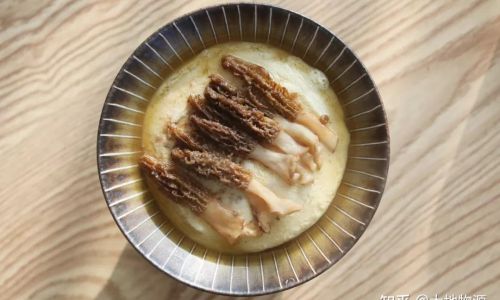
The Art of Steaming Eggs
Steaming eggs is a cooking technique that preserves the delicate texture and flavor of the eggs while infusing them with the essence of other ingredients. Unlike boiling or frying, steaming gently cooks the eggs, resulting in a creamy, smooth consistency. The key to perfect steamed eggs lies in the ratio of eggs to water, the steaming time, and the use of a gentle heat to avoid curdling.
In Chinese cuisine, steamed eggs are a staple, often served as a light yet satisfying breakfast or a side dish to complement a meal. They can be seasoned with salt, soy sauce, or sesame oil, or enhanced with various ingredients such as shrimp, pork floss, or vegetables. The addition of morel mushrooms takes this classic dish to a new level of sophistication and flavor.
Ingredients and Preparation
To create a dish of morel mushroom steamed eggs, one must first gather the necessary ingredients. Here is a detailed list:
- Fresh or dried morel mushrooms: Fresh morels offer a brighter flavor, while dried ones have a more concentrated taste. If using dried morels, soak them in warm water for about 30 minutes to soften before use.
- Eggs: Preferably large, free-range eggs for better flavor and texture.
- Water: Distilled or filtered water is recommended to avoid impurities that can affect the taste.
- Seasonings: Salt, white pepper, and a touch of soy sauce or fish sauce for depth.
- Garnishes: Optional, but commonly used include chopped green onions, sesame seeds, or a drizzle of chili oil.
- Tools: A steaming rack, a heatproof bowl or dish, and a cover to keep condensation from dripping into the eggs.
Step-by-Step Guide
-
Preparation of Morel Mushrooms:
- If using fresh morels, gently clean them with a soft brush or damp cloth to remove any dirt. Avoid soaking them in water as this can dilute their flavor.
- For dried morels, soak them in warm water until they are fully softened. Once softened, drain the water, reserving it if you wish to use it for cooking (it adds a rich, mushroom-infused flavor).
- Finely chop the morel mushrooms. The smaller the pieces, the more evenly distributed their flavor will be in the steamed eggs.
-
Mixing the Egg Mixture:
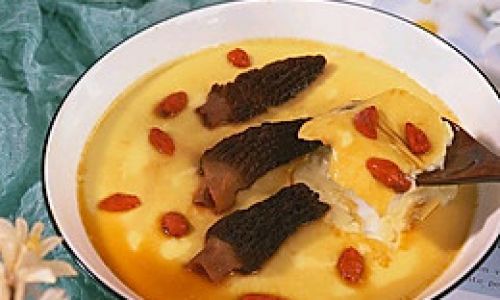
- In a bowl, crack the eggs and beat them lightly with a fork or whisk until just combined. Over-mixing can cause the eggs to become too frothy.
- Add a pinch of salt and a dash of white pepper. The white pepper adds a subtle heat without overpowering the mushroom flavor.
- Gradually add water to the eggs, about 1.5 to 2 times the volume of the eggs. This ratio ensures a tender, creamy texture.
- Strain the egg mixture through a fine sieve to remove any lumps or bubbles. This step is crucial for achieving a smooth, silky texture.
-
Combining Ingredients:
- Gently fold the chopped morel mushrooms into the strained egg mixture. Be careful not to stir too vigorously, as this can incorporate air bubbles.
- Optionally, you can add a splash of soy sauce or fish sauce for added depth of flavor. However, be mindful of the salt content, as both soy sauce and fish sauce are salty.
-
Steaming the Eggs:
- Fill a pot with water and bring it to a gentle simmer. Avoid boiling rapidly, as this can cause the eggs to curdle.
- Place the heatproof bowl or dish containing the egg mixture on the steaming rack. Cover the pot to trap the steam.
- Steam the eggs for about 8-10 minutes, or until the mixture is set but still slightly jiggly in the center. The exact timing depends on the desired firmness and the power of your stove.
- To check for doneness, insert a toothpick or a knife into the center of the eggs. It should come out clean or with just a few clinging bits of egg.
-
Finishing Touches:
- Once steamed, remove the bowl from the pot and let it cool slightly. Avoid opening the lid immediately after steaming, as this can cause the eggs to collapse.
- Garnish with chopped green onions, sesame seeds, or a drizzle of chili oil for added flavor and color.
- Serve immediately while hot for the best texture and flavor.
Cultural Significance and Variations
The dish of morel mushroom steamed eggs transcends mere culinary enjoyment, carrying cultural significance in various regions. In China, where steaming is a staple cooking method, this dish symbolizes purity, harmony, and the delicate balance of flavors. It is often served during festive occasions or as a part of a balanced meal, highlighting the importance of using fresh, high-quality ingredients.
In other parts of the world, such as Europe and North America, where morel mushrooms are equally cherished, this dish might be adapted to suit local tastes and preferences. For instance, it could be infused with herbs like thyme or rosemary, or paired with cheeses like Parmesan or Gruyère for a richer, creamier texture.
Nutritional Benefits and Health Considerations
Morel mushroom steamed eggs offer a myriad of nutritional benefits. The eggs are a rich source of high-quality protein, essential for muscle repair and growth. They also contain a variety of vitamins and minerals, including choline, which is crucial for brain health.
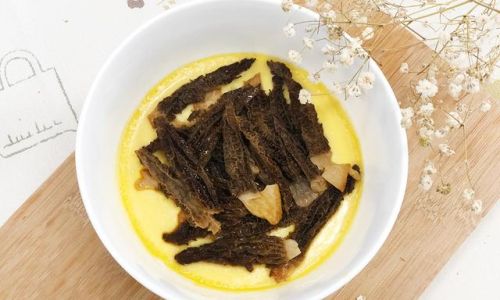
Morel mushrooms, on the other hand, are a treasure trove of antioxidants, particularly ergothioneine, which helps protect cells from oxidative stress. They are also a good source of fiber, which aids in digestion, and potassium, which is essential for maintaining heart health.
However, it is important to note that morel mushrooms can sometimes cause allergic reactions, particularly in individuals who are sensitive to fungi. Additionally, they should be cooked thoroughly to avoid any potential health risks associated with raw mushrooms.
Conclusion
In conclusion, the art of making morel mushroom steamed eggs is a delightful culinary journey that combines the simplicity of steaming with the sophistication of high-quality ingredients. This dish not only satisfies the palate with its creamy texture and earthy flavor but also nourishes the body with a range of nutrients. By following the steps outlined in this article, anyone can create a dish that is both visually appealing and deeply satisfying.
Moreover, the cultural significance and adaptability of this dish make it a versatile addition to any culinary repertoire. Whether enjoyed as a standalone meal or as part of a larger feast, morel mushroom steamed eggs offer a taste of tradition, innovation, and the pure joy of eating well. As you embark on your culinary adventure, remember that the key to success lies in the quality of your ingredients, the attention to detail in preparation, and the love and care you put into each step of the process. Happy cooking!
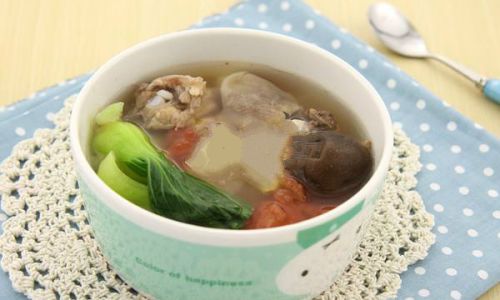
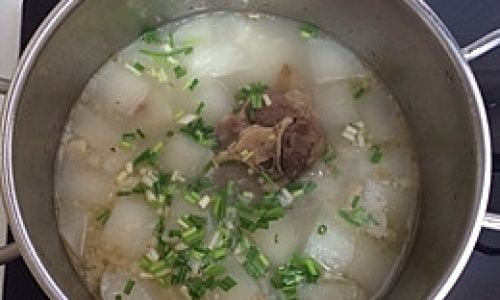
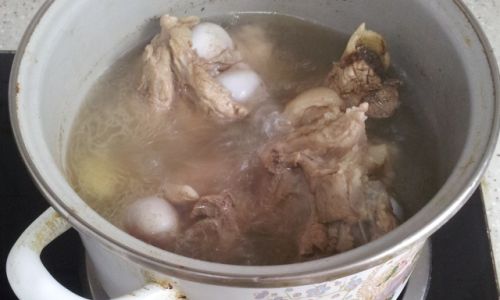
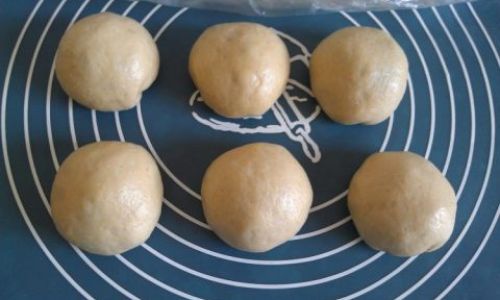
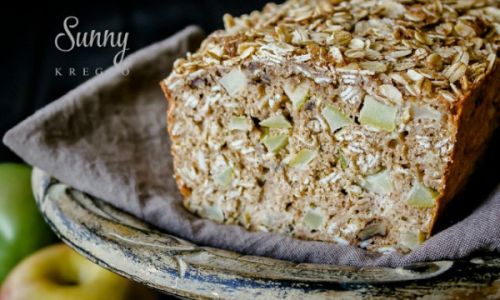
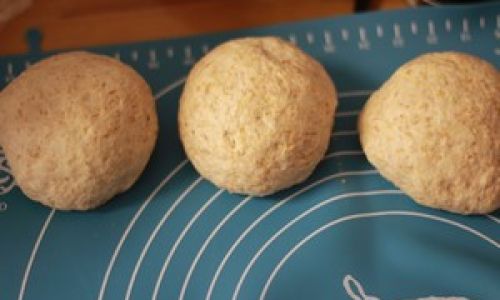
0 comments